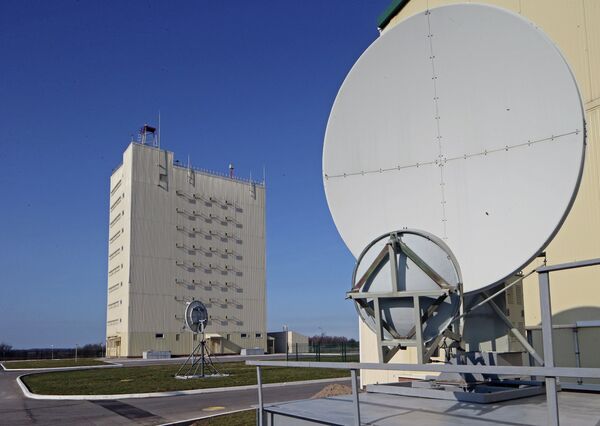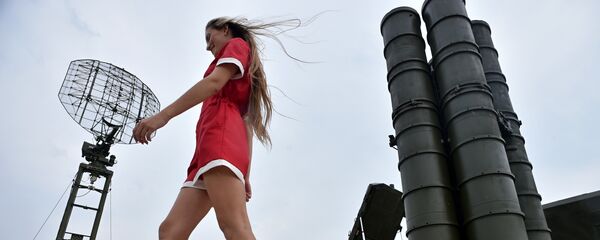The Russian Defense Ministry plans to replace all of Russia's remaining Soviet-era early warning radar stations with state-of-the-art Voronezh radar arrays to track possible ballistic missile launches, according to Hodoryonok.
He quoted Deputy Prime Minister Dmitry Rogozin as saying that Russia has made "very significant progress" on some issues related to the country's missile defense.

Hodaryonok recalled ceased to exist following the collapse of the Soviet Union in 1991, the single missile approach warning system fell apart: many of the facilities of the old system were on the territory of the newly independent states.
It is worth noting that the Soviet missile approach warning system wasn't without its flaws. Notably, the system failed to cover the country's north-eastern regions, the expert said.
According to him, a turning point took place in the mid-2000s when Russia started to deploy its sophisticated Voronezh early-warning radar systems.
There are three kinds of Voronezh-class radar systems: the Voronezh M, Voronezh-DM (using VHF and UHF), and the Voronezh-VP 'high potential', assumed to be EHF (extremely high frequency). The system's range is between 4,500 – 6,000 km, and it is capable of detecting objects at a height of up to 4,000 km. The system is capable of tracking up to 500 objects simultaneously.
Deploying the Voronezh radar stations will make it possible to protect Russia's north-west, south-west, south-east and southern areas from potential missile threats, according to Hodoryonok.
In other words, Russia is developing a qualitatively new missile approach warning system with significantly improved characteristic and capabilities, he said, adding that the space-based component of the improved system should be up and running in the country in the foreseeable future.
The new system will replace the A-135 using a Don-2N radar array and a Don 2NP/5N20P range radar array with updated software and hardware.
With the deployment of the missile approach warning system in full, including a space-based component, Russia will be able to return the position it largely lost in the 1990s, Hodaryonok said.
He pointed out that in particular, Moscow will be able to control outer space from all directions and will also be capable of waging a possible anti-satellite war in adjacent space.






